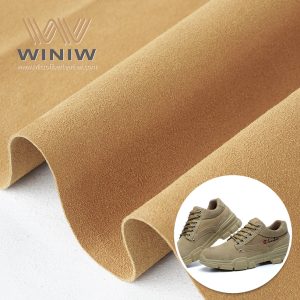The footwear industry is no longer just about cushioning and style—it evolving into a fusion of health tech, sustainability, and hyper-personalization. With smart shoes now tracking everything from heart rate to carbon footprints, let dive into how these innovations are redefining performance and eco-consciousness.
—
1. The Rise of Sensor-Driven Health Monitoring
Smart footwear integrates cutting-edge sensors to transform shoes into wearable health labs. For example:
• Pressure Mapping: Embedded sensors analyze footstrike patterns, helping runners correct imbalances and prevent injuries like plantar fasciitis. Brands like Salomon now use this tech to optimize trail-running stability.
• Heart Rate & Fatigue Detection: Shoes with pulse-monitoring insoles (npr., Skechers GoMAP) sync with apps to alert users about overexertion, ideal for marathon training.
• Gait Analysis: AI algorithms process motion data to diagnose issues like supination, offering real-time posture corrections—a feature adopted by Reebok Floatride Energy 5.
—
2. Plant-Based Materials Redefining Sustainability
Beyond recycled plastics, agriculture waste is fueling a materials revolution:
• Grape Leather: MoEa sneakers use grape skins from Italian wineries, creating supple, low-carbon uppers that save 40x emissions compared to animal leather.
• Cactus & Apple Waste: Mexican cactus fibers (durable yet breathable) and apple pulp liners (antibacterial) are replacing PU synthetics in brands like Allbirds and MoEa.
• Bio-Polyurethane: SK Chemicals’ ECOTRION—a corn-based polymer—cuts CO2 by 40% and powers Black Yak shock-absorbing trekking shoes.
—
3. Self-Adapting Comfort: The Role of AI and Composites
Shoes are getting “smarter” with reactive materials and machine learning:
• Climate-Responsive Midsoles: Phase-change materials (npr., Coats Footwear Vogue cellulose) adjust cushioning stiffness based on temperature, perfect for alpine hikes.
• 3D-Printed Customization: Startups like *Zellerfeld* print shoes tailored to foot scans, eliminating sizing issues and reducing returns by 30%.
• Energy-Harvesting Soles: Prototypes using piezoelectric fibers convert walking motion into battery power, enabling perpetual GPS tracking in smart boots.
—
4. Challenges: Balancing Innovation with Practicality
Despite breakthroughs, hurdles persist:
• Battery Life: Most smart shoes require weekly charging, a dealbreaker for travelers. Solutions like solar-knit uppers (tested by Adidas) aim to extend usage.
• Cost Barriers: MoEa plant-based sneakers retail at €200+, though scaling bio-material production could lower prices.
• Recycling Complexity: Hybrid composites (npr., carbon-fiber-reinforced soles) are tough to dismantle, pushing brands like GreenPlax to design mono-material shoes.
—
Why This Matters
The future of footwear lies in merging intelligence with sustainability. Whether you’re an athlete seeking injury-proof gear or an eco-warrior demanding carbon-neutral kicks, today innovations promise shoes that learn, adapt, and tread lightly on the planet.









